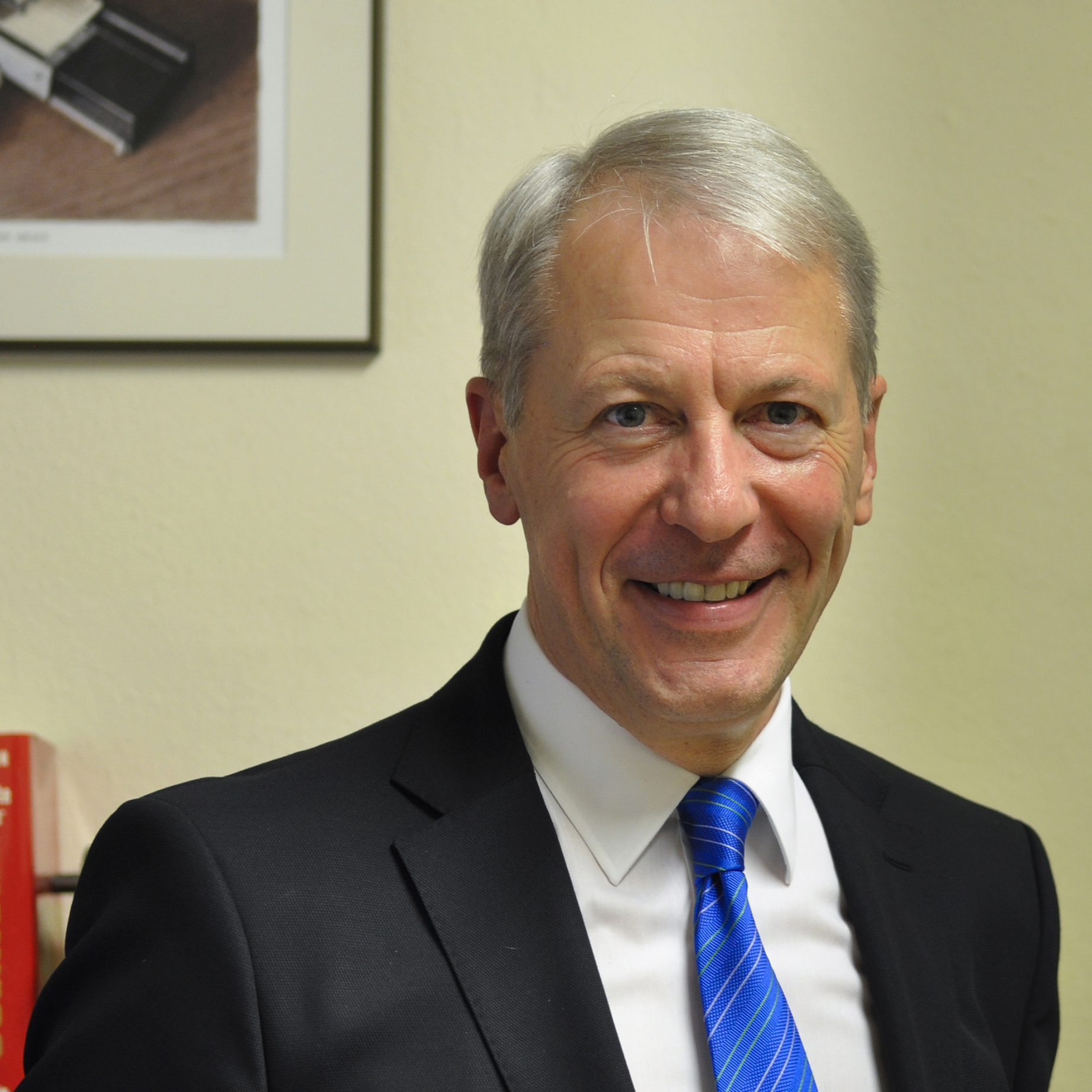If you google the word “happiness”, it takes 0,60 seconds to obtain – prepare yourself for an overwhelming figure – 679.000.000 entries!
Despite the fact that “happiness” is often regarded as something complex and unattainable, people of all ages and from all cultural backgrounds, as well as thinkers, philosophers and religious figures, have striven to find the secret of this elusive state.
In this article I want to talk about positive psychology, a branch of psychology that uses scientific understanding and effective intervention to help achieve happiness. It can be summarized in the words of its founder, Martin Seligman, as the “scientific study of optimal human functioning that aims to discover and promote the factors that allow individuals and communities to thrive”. While psychology has concentrated its efforts more on the shortcomings of individuals, this branch focuses on the potentials and explains what we can do to achieve and maintain a higher level of happiness.
Positive psychology investigates a large number of subjects, such as emotions, optimism and hope, flow, meaning and purpose, character strengths or the complexities of our lives, to name but a few.
As with psychology in general, research and theory are fundamental in positive psychology, but in order to understand – and measure – any finding, it is equally important to apply theory in practice. This can be done through treatment methods, intentional activities or validated interventions.
But do we all have to strive for happiness or follow the recommendations of scientists, therapists and coaches? By no means! As Seligman points out, positive psychology should be “descriptive” and not “prescriptive”. It shows that happiness, amongst other advantages, helps people to be more productive, generous and creative, to cope better with stress and to have better relationships. What we do with this information, whether we want to apply it or not, depends entirely on our own values and goals.
Are you curious? Then let´s take a look at one of the validated interventions in positive psychology: “Savouring”, an apparently simple and yet very powerful exercise.
Fred B. Bryant and Joseph Veroff, two of the leading experts in this subject, define savouring as “the capacity to attend to, appreciate and enhance the positive experiences in one´s life”. What does this stand for in practice? Savouring is a process which requires our active engagement, it means to slow down and pay attention to our feelings, experiences and surroundings, in other words, appreciate the positive things in our lives.
According to evolutionary psychology, due to an inbuilt survival mechanism, we tend to focus more on negative things before turning to the good things. Savouring is one of the strategies that compensates for this so called negativity bias and helps us increase our well-being.
When savouring, we engage in a process that can either be thanksgiving (we are grateful for something or someone), marvelling (we perceive something extraordinary, something that causes us admiration), basking (we are proud of something we have accomplished), or luxuriating (we experience pleasure).
Savouring can be done in three different time orientations:
- Memories of positive experiences in the past, i.e. reminiscing: our summer holiday in France, the day I took part in a marathon, the first time I saw the Rolling Stones live, etc.
- Positive experiences in the present, i.e. savouring the moment: the first cup of coffee or tea in the morning, the smell of grass after rain, a sunset, our favourite song on the radio, a shower after a long day´s work, a piece of chocolate in mid afternoon, etc.
- Positive experiences in the future; i.e. anticipating: a dinner with friends next weekend, an intensive course in Italian I am taking this summer, the prospect of a new job or a change in my current occupation, etc.
Finally, there are several strategies that have proved to be highly effective:
- When we share experiences, moments, news or memories with other people, we obtain a significant impact on our well-being.
- By taking a “mental photograph” of an event or moment, we are building memory for later so that we can relive and enjoy that moment again in the future.
- Comparing can also be stimulating, especially when we realise that we are doing better than last year, or when we compare ourselves to someone outstanding and “use” them as a role model.
- When we concentrate on certain aspects of a pleasant experience and block out others, we sharpen our perceptions and reach a higher level of well-being.
- For obvious reasons, most of us do not find it appropriate to boast, but self-congratulation is different; it is a way of being honest with ourselves when we have done something well.
- When we get immersed in a pleasant experience, we can reach a state of absorption, which is very beneficial.
- By smiling, laughing or dancing, we engage in behavourial expression, which is another technique to enhance our wellbeing.
- We all now the Latin expression “Carpe diem” which, as a strategy of savouring, epitomizes our temporal awareness: seize the moment.
- Counting our blessings means that we ought to remember periodically – at the end of the day or once a week – the good things in our life, or how fortunate we are.
- The last strategy bears the rather perplexing name of Killjoy thinking. It reminds us that worrying or excessive ruminating is counterproductive and leaves no space for savouring.
As we have seen, savouring refers to a large variety of techniques, and we can choose the one that suits us best. Savouring helps us see what is good in our life, and it is a powerful tool to increase our level of happiness. Just one warning: Let us not over-analyze our positive feelings, because if we push too hard any of the techniques, we might forget the essence, which is – to feel good!


